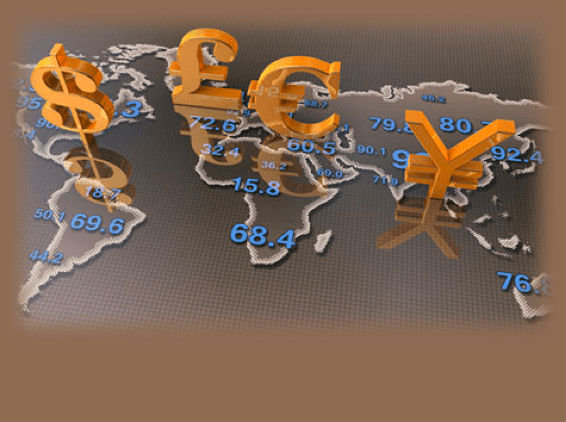The US dollar resumed its upward climb on Wednesday, setting another 12-year high as it approached a key milestone against a basket of trade-weighted currencies.
The dollar index, a trade-weighted average of the greenback against a basket of six currencies, soared to 99.51 on Wednesday, a new 12-year high. The index would later settle at 99.36, advancing 0.76 percent. The dollar has enjoyed broad support all week, stemming from another solid nonfarm payrolls report and growing speculation the United States Federal Reserve would consider raising interest rates in June.
The dollar set another 12-year high against the euro, which continued to crumble on Wednesday, as Greece continued to resort to rhetoric in negotiating new bailout terms. Greek Prime Minister Alexis Tsipras demanded that Germany repay Greece more than €160 billion for crimes carried out by the Third Reich during the Second World War. A spokesman for the German government responded by saying there would be no negotiations over war-time debt.
The EUR/USD declined more than 1 percent to 1.0582. The pair’s next support target is 1.0476. On the upside, resistance is ascending from 1.0806.
European Central Bank President Mario Draghi tried to reassure the markets on Wednesday that the Greek debt crisis would not spread to other Euozone member-states, claiming that the Bank’s quantitative easing program would shield against financial instability.
US and European stocks responded positively to Draghi’s remarks. In the United States, the Dow Jones Industrial Average climbed 50 points to 17,712.80 after tumbling more than 330 points on Tuesday. Germany’s DAX rose nearly 200 points to 11,700.27, while France’s CAC 40 climbed 87 points to 4,969.38.
Speaking at an annual ECB event in Frankfurt, Germany, Draghi said that the “slowdown in growth has reversed,” referring to the Eurozone economy, which expanded 0.9 percent annually in the fourth quarter of last year. ECB policymakers upgraded their growth forecast last week and now expect the Eurozone economy to accelerate 1.5 percent this year, up from December’s estimate of 1 percent. Inflation is forecast to reach the central bank’s target of just below 2 percent by 2017.
Next Wednesday the Federal Reserve will release a revised growth outlook for the US economy, including revised estimates for GDP, inflation and unemployment. The central bank will also release its “dot plot” chart of interest rate expectations, which will be closely monitored by the financial markets. The Fed is not expected to make any adjustments to interest rates at the March meetings.
Tradersdna is a leading digital and social media platform for traders and investors. Tradersdna offers premiere resources for trading and investing education, digital resources for personal finance, market analysis and free trading guides. More about TradersDNA Features: What Does It Take to Become an Aggressive Trader? | Everything You Need to Know About White Label Trading Software | Advantages of Automated Forex Trading













































